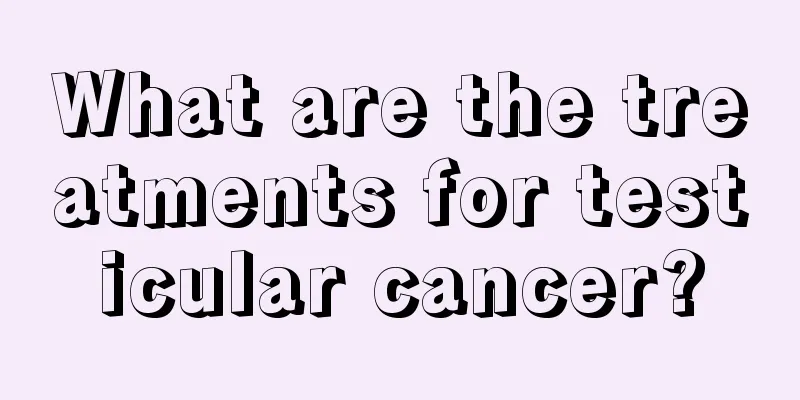What harm does chlorine do to the human body

|
Chlorine is a gas that is harmful to the human body. We don’t usually come into contact with it often, but there are times when we come into contact with it, especially due to work or other reasons. When you come into contact with chlorine, you must take protective measures to avoid injury. This is especially important when working or in contact. What are the hazards of chlorine to the human body? Let’s learn more about it through the following introduction. Chlorine gas is seriously harmful to the human body. It can irritate the eyes, nose, throat and upper respiratory tract. When the mass concentration is 1-6 mg/m3, it causes significant irritation to humans; 12 mg/m3 is unbearable; 40-60 mg/m3 can cause severe poisoning in 30-60 minutes; 120-170 mg/m3 is extremely dangerous, causing acute pulmonary edema and pneumonia; 3000 mg/m3 can immediately paralyze the respiratory center and cause "flash death". Long-term inhalation of low concentrations of chlorine can cause chronic poisoning, the main symptoms of which are rhinitis, chronic bronchitis, emphysema and cirrhosis. People who are sensitive to chlorine will be more susceptible to chlorine poisoning when exposed to higher concentrations of chlorine. Dermatitis or eczema may occur. It is harmful to plants and corrosive to metal products and buildings. Chlorine is a strong irritant gas. It mainly acts on the bronchi and bronchioles, and can also act on the alveoli, causing bronchospasm, bronchitis and peribronchitis. Inhalation of large amounts can cause toxic pulmonary edema. When chlorine is inhaled into the respiratory tract and comes into contact with the mucous membrane, in addition to the element, it also forms hypochlorous acid, hydrogen chloride, etc. In the past, it was believed that the damaging effects of chlorine were caused by hydrogen chloride and nascent oxygen. Recent studies have pointed out that under the conditions of pH 7.4 and 37°C, no new ecological oxygen is generated. The most likely reason is the action of hydrogen chloride and hypochlorous acid, especially the latter which has more obvious biological activity. It can penetrate the capillary membrane, destroy its integrity and permeability, and thus cause tissue inflammatory edema, congestion, and even necrosis. Due to the increased permeability of alveolar wall capillaries, the air-blood and air-fluid barriers of the alveolar wall are destroyed, and a large amount of serous fluid infiltrates into the pulmonary interstitium and alveoli, forming pulmonary edema. Through the above introduction, we know the harm of chlorine to the human body. This is also a gas that is seriously harmful to the human body. It is also something we need to pay special attention to in our daily life or work. In particular, we must pay high attention to it and then take effective protection. Stop immediately if there is any abnormal situation. |
<<: What harm does coal gas do to the human body
>>: What are the hazards of chlorine to the human body
Recommend
What is the reason for frequent itchy throat
It is impossible for a person to survive in the w...
What does Yin deficiency and blood deficiency mean
In our daily life, many people have little unders...
Tricuspid valvuloplasty
Tricuspid valvuloplasty has a good therapeutic ef...
What should I do if my eyes are swollen after eyebrow removal?
Modern women love beauty very much and will try e...
Can lung tumors be cured?
Lung tumors, like other tumors, are divided into ...
What should you pay attention to in your diet after lung cancer surgery? Two points to pay attention to in your diet after lung cancer surgery
There is no clear data to show that diet is a fac...
Is osteosarcoma contagious?
Osteosarcoma is one of the types of diseases that...
How to treat paronychia_What to do if you have paronychia
Paronychia is a type of inflammation in the body ...
How to treat pituitary tumors
People are no longer unfamiliar with the disease ...
Folk remedies for the treatment of prostate cancer
The prostate is an important organ in the male re...
What are the side effects of chemotherapy for lung cancer? Five things to note
When treating lung cancer, many people choose che...
Is fetal heart rate 151 normal?
During pregnancy, especially in the middle and la...
How to make hair straight
Women all hope to have perfect hair, and they all...
Eight tips to help your skin cool down without delay
Recently, the north has overtaken the south and e...
What kind of liquor should be drunk at the wedding banquet to have a good marriage
There are actually many things to pay attention t...









